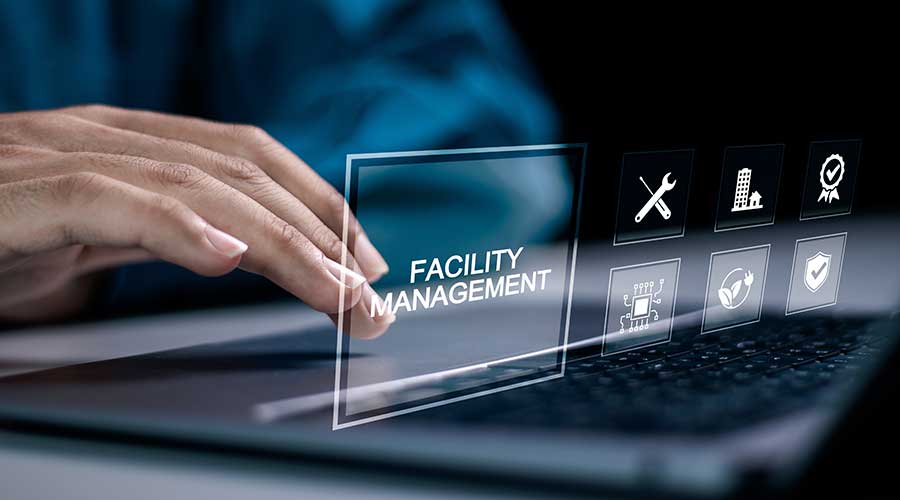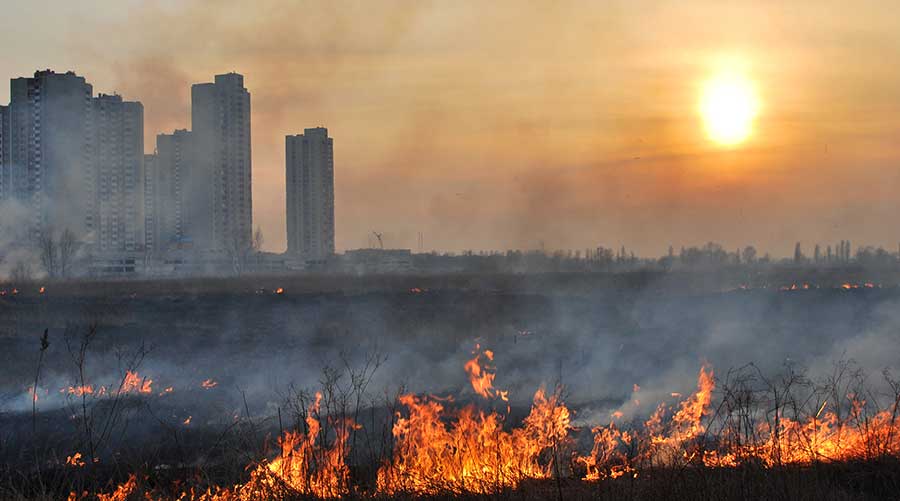
NFPA Survey Highlights Challenges for Trades Workers
Forty-six percent of respondents plan to adopt more digital tools in their daily operations, an uptick of 9 percent from 2024. December 30, 2024
By Dan Hounsell, Senior Editor
It has never been more challenging for maintenance and engineering managers. Given the rapidly evolving state of such challenges as staffing and technology in institutional and commercial facilities, managers more than have their hands full. Now, a survey from the National Fire Protection Association (NFPA) is shedding more light on the direction these and other issues are heading.
Skilled labor shortage. Exactly one-half of skilled tradespeople identified a shortage of qualified candidates as the top challenge for workers this year, according to the NFPA’s third annual Industry Trends Survey. This result is a 3 percent decrease from the year prior, indicating that despite the continued need to increase staffing in the industry, some workers are starting to feel relief from this challenge. Concerns about the skilled labor shortage primarily stem from challenges related to worker retention and retirement, with 31 percent of workers citing each of these as major challenges when it comes to workforce staffing.
As a result, the skilled labor shortage will continue to impact organizations’ budgets in 2025. For example, 37 percent of respondents anticipate their organization’s budget will be focused on increased hiring to add or replace jobs, down 3 percent from last year. Training will also become a heightened focus for organizations, with 18 percent of respondents planning to budget for increased training for employees.
Technology adoption. Looking toward 2025, 46 percent of respondents plan to adopt more digital tools in their daily operations, an uptick of 9 percent from 2024. Currently, 38 percent of respondents feel a lack of job-enabling technology is a top challenge at work, followed by a lack of knowledge sharing and collaboration on the jobsite — 31 percent — indicating that increased technology adoption will better support workers.
Despite greater willingness to use these technologies, barriers to adoption remain, along with concerns around ways to properly implement technological innovations:
- 44 percent of respondents cited the cost of implementation as the primary obstacle to adopting new technologies, followed by lack of training or knowledge at 25 percent.
- 20 percent of skilled trade professionals believe there will be pushback within the industry to adopt new technologies, while only 10 percent of respondents cited a lack of availability or access as a primary barrier.
Training insights. Training in new technologies and in specialized skills and knowledge are top of mind for skilled workers in 2025. Industry professionals are doubling down on training and certifications, with 54 percent of respondents planning to participate in more training sessions than in 2024. Fifty-two percent of industry professionals plan to make this same increase in certifications, a 10 percent increase from last year.
Dan Hounsell is senior editor for the facilities market. He has more than 30 years of experience writing about facilities maintenance, engineering and management.
Next
Read next on FacilitiesNet












